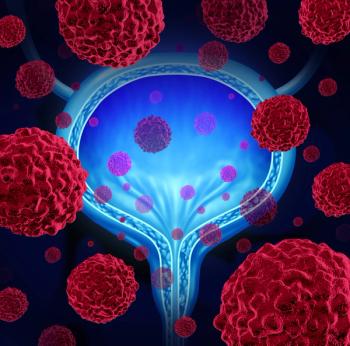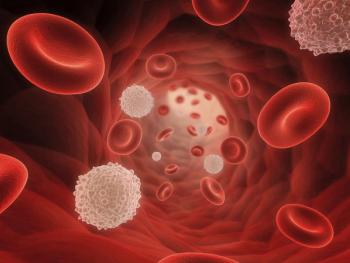
Inhibiting Bone Turnover Could Prevent Bone Mets in Breast Cancer
An inhibitor of osteoclast formation can stop the proliferation of dormant tumor cells that in some breast cancer survivors turn into bone metastases.
An inhibitor of osteoclast formation can stop the proliferation of dormant tumor cells that in some breast cancer survivors turn into bone metastases, according to a new study in the lab and in mice.
Disseminated tumor cells can be found in the bone marrow of breast cancer patients even several years after resection of the primary tumor. Most of those patients remain asymptomatic, but about 15% of them will develop overt bone metastases.
“One of the main unanswered questions in relation to initiation of bone metastasis is how changes to the bone microenvironment, including accelerated bone turnover, affects disseminated tumor cells in bone,” wrote researchers led by Penelope D. Ottewell, PhD, of the University of Sheffield in the United Kingdom. Her group tested whether interruption of the interaction between a protein called RANK and its ligand (RANKL), which is essential for osteoclastogenesis, could stop the proliferation of the dormant tumor cells. Results were
In an in vivo study involving mice, researchers administered OPG-Fc, which blocks the RANK-RANKL interactions. They tested this in some mice that had undergone ovariectomy, which is known to increase bone turnover and thus possibly initiate tumor cell proliferation. Fourteen mice in each of two groups were injected with either saline or with OPG-Fc, and half of each of those groups also had undergone ovariectomy. In the saline group, 78.5% of the ovariectomy mice developed long bone tumors by day 35; only 14.5% of those who underwent a sham ovariectomy procedure developed tumors.
The OPG-Fc, meanwhile, yielded even better results, with only 7% of those who underwent ovariectomy developing tumors compared to the 78.5% with saline and ovariectomy. “In addition, in the small number of animals in which tumors did grow in the bone OPG-Fc significantly reduced tumor size in both [ovariectomy] (P < .01) and sham [ovariectomy] (P < .01) operated mice,” the researchers wrote.
They pointed out that most women who develop bone metastases following breast cancer are postmenopausal. “These data indicate that inhibition of osteoclast activity may have specific anti-tumor effects in a low estrogen environment,” the investigators wrote. Early intervention with “anti-resorptive” therapy in such an environment should be considered, they concluded, as a way to prevent development of dangerous bone metastases.
Newsletter
Stay up to date on recent advances in the multidisciplinary approach to cancer.

















































































